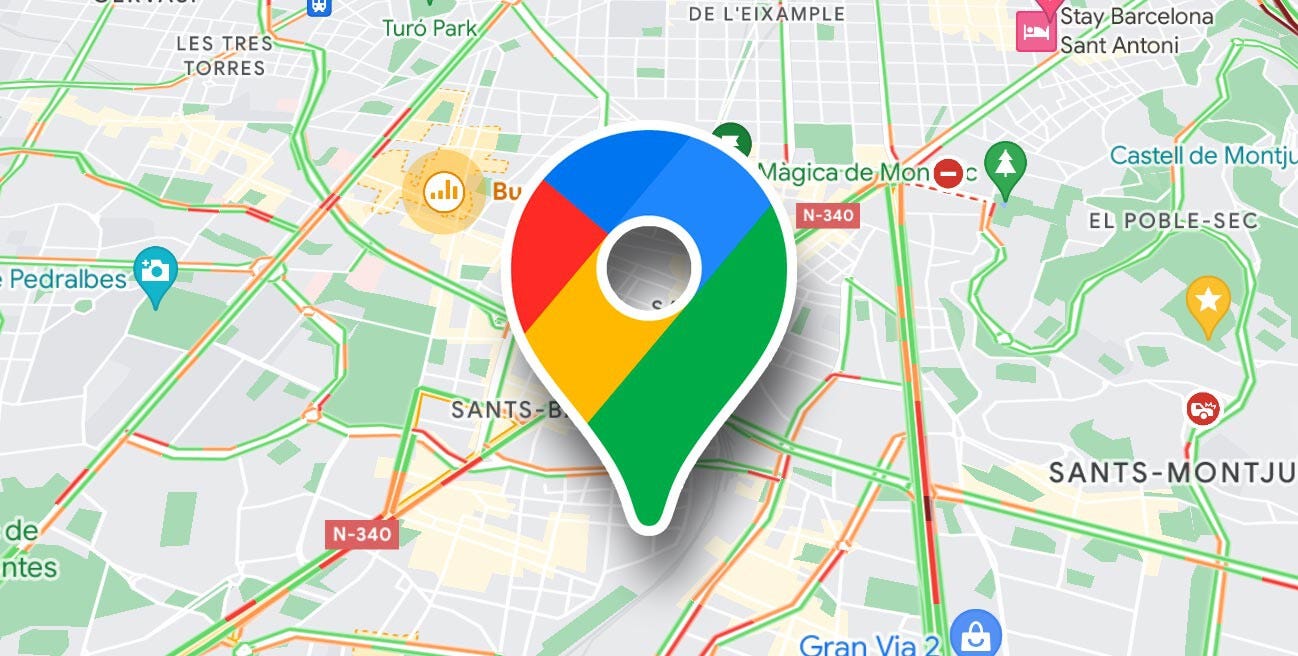
One of the most important decisions you’ll make when starting your power washing business is also one of the most overlooked: choosing your service area. 🌐
Too many new business owners take a scattershot approach — accepting jobs 30, 40, even 60 miles away just to stay busy. But that strategy burns time, fuel, and focus — and often leaves you feeling overworked and underpaid. 😩⛽
Instead, a carefully chosen and strategically defined service area will help you:
- Maximize profits 💰
- Reduce travel time and expenses 🚗
- Improve marketing ROI 📈
- Build a recognizable local brand 🏡
This article breaks down exactly how to pick a power washing service area that sets you up for long-term success — whether you’re just starting out or looking to tighten your current footprint. 🧽🔍
🧭 Step 1: Start With Your Home Base
Begin with where you live — or where your business is headquartered. This will likely be your primary zone and the epicenter of your service area.
Ask yourself:
- How far am I realistically willing to drive each day?
- What’s the traffic like in my area?
- Are there clusters of ideal homes or businesses nearby?
- What are the average property values within 15–30 minutes?
Most solo operators should aim for a 15- to 30-mile radius from their home base. That keeps gas costs down and allows you to complete multiple jobs per day without burnout. 🔁
🏠 Step 2: Evaluate the Neighborhoods Around You
Once you’ve mapped out a radius, start identifying profitable zones within that area. Not all neighborhoods are created equal — and some will be much more power washing–friendly than others. 💡
Look for:
- Suburban areas with vinyl siding 🏘️
- Driveways, sidewalks, and fences that need cleaning
- Middle to upper-middle income neighborhoods
- Homes valued between $350,000–$900,000 (these tend to pay well and maintain curb appeal)
- HOA communities — which often require regular exterior upkeep 📋
Stay away from:
- Ultra-high-end gated neighborhoods (difficult access, picky clients) 🚫
- Low-income areas where power washing is seen as a luxury
- Rural areas with long distances between homes and poor road access 🛣️
Remember, you’re not just looking for dirt — you’re looking for people willing and able to pay you to clean it. 💵🧼
📊 Step 3: Research Local Demographics & Competition
To sharpen your decision, dig into some local data:
- Use City-Data.com or Census.gov to look up median income and home value
- Use Google Maps and Yelp to search “power washing near [town]” and see how many competitors are in each zone
- Look at Facebook groups or neighborhood apps (like Nextdoor) to gauge community interest
- Drive around! Take note of dirty siding, black-streaked roofs, moldy sidewalks, and unkempt driveways 🚙👀
✅ You want a zone that has:
- Enough volume to keep you busy
- High-income or dual-income households
- Light to moderate competition
- Homeowners who care about appearance
🛑 Step 4: Define Your Boundaries — And Stick to Them
Once you know where you want to work, put it in writing.
Create a tiered zone system:
🔵 Primary Zone (Tier 1)
- Within 10–15 miles
- No travel fee
- Priority booking
🟢 Secondary Zone (Tier 2)
- 15–30 miles
- Small travel fee ($25–$50)
- Only available on certain days
🔴 Outside Zone (Tier 3)
- 30+ miles
- Only for high-ticket commercial or seasonal work
- Requires a minimum job size or premium pricing
🗺️ Put this zone map on your website, estimate forms, and Google Business Profile. It helps customers self-filter and sets clear expectations.
📅 Step 5: Schedule Smart Around Geography
If you accept jobs all over town, your day gets chewed up by windshield time. But if you batch jobs by area, you:
- Get more done in less time
- Save money on gas and wear-and-tear
- Keep clients happier with tighter arrival windows
- Build more visible presence in one zone (think yard signs and branded vehicles) 🚐📣
Use scheduling tools like Jobber, Housecall Pro, or Google Calendar to cluster jobs within the same neighborhood or zip code. Offer small discounts or bonuses for same-day neighborhood bundles.
🧠 Smart scheduling = more jobs per day = higher profits.
📦 Step 6: Focus Your Marketing Locally
Once you’ve identified your ideal service area, target your marketing specifically to that zone.
- Run Facebook and Google ads in a 10–15 mile radius 🎯
- Partner with HOAs, realtors, or landscapers in those neighborhoods
- Leave door hangers or flyers in local communities after each job
- Create local service pages on your website like “Power Washing in [Town Name]” for SEO
- Add your zone to your Google Business Profile and get reviews from locals ⭐
The goal? Become the go-to power washer in that neighborhood. When someone sees your truck twice in a week or your sign down the street, you become top-of-mind. 🧽🚛
🚀 Bonus Tip: Let Demand Expand Your Zone — Not Desperation
You don’t have to stay locked into your original radius forever. But growth should come from client demand and profitability, not panic.
If you get frequent calls from just outside your zone, consider:
- Expanding by 5–10 miles
- Assigning one day per week to that area
- Raising prices to offset the travel
- Hiring a part-time tech closer to that region
Grow with intention — not just distance. 📏📈
✅ Final Thoughts: Be Where the Money Is
Choosing the right service area is about working smarter, not harder. Instead of chasing every job, design a profitable, focused footprint that makes every route, quote, and wash more efficient.
Here’s your service area checklist:
✅ Define a 10–30 mile radius
✅ Identify profitable neighborhoods
✅ Research income levels and competition
✅ Create tiered zones with pricing rules
✅ Batch your jobs geographically
✅ Focus your marketing where you work
Remember: You don’t need the whole city — you just need your slice of it to love, trust, and book you again and again. 🧽💼📍
Browse Amazon Here For Top Rated Power Washers And Accessories






